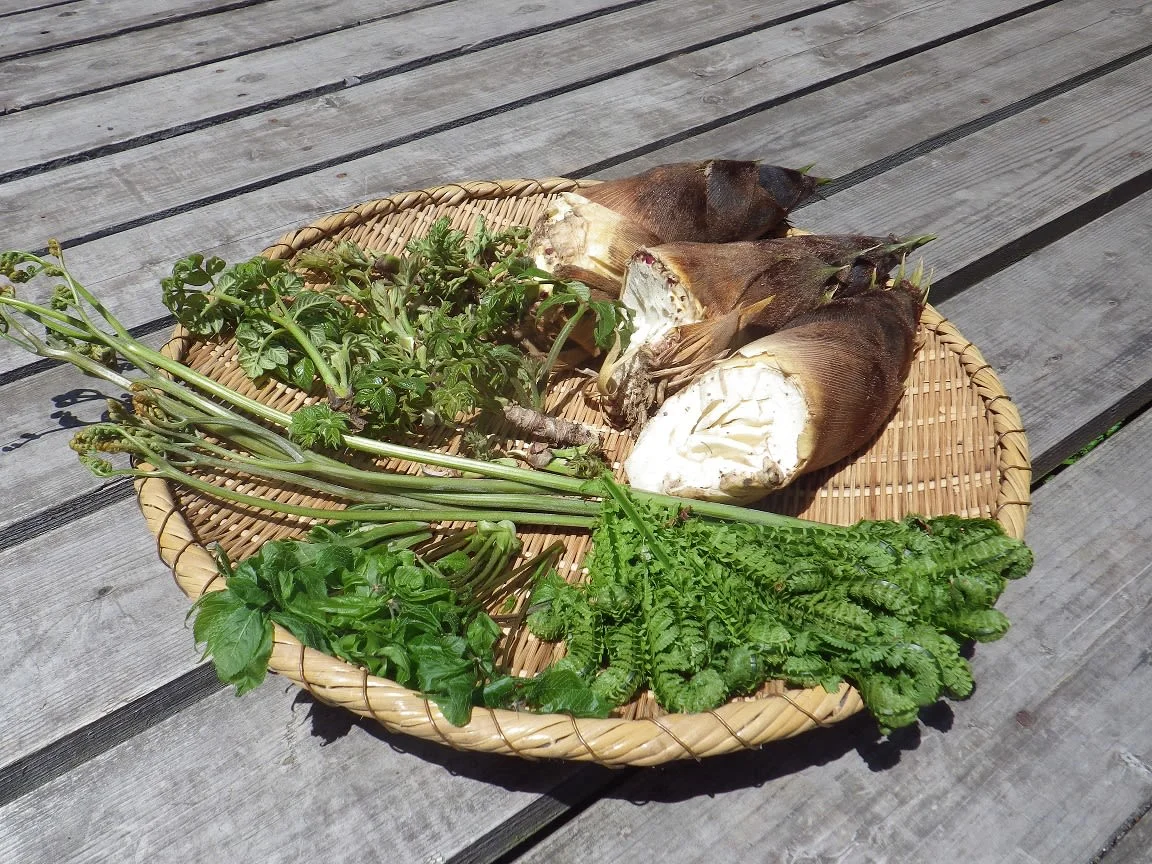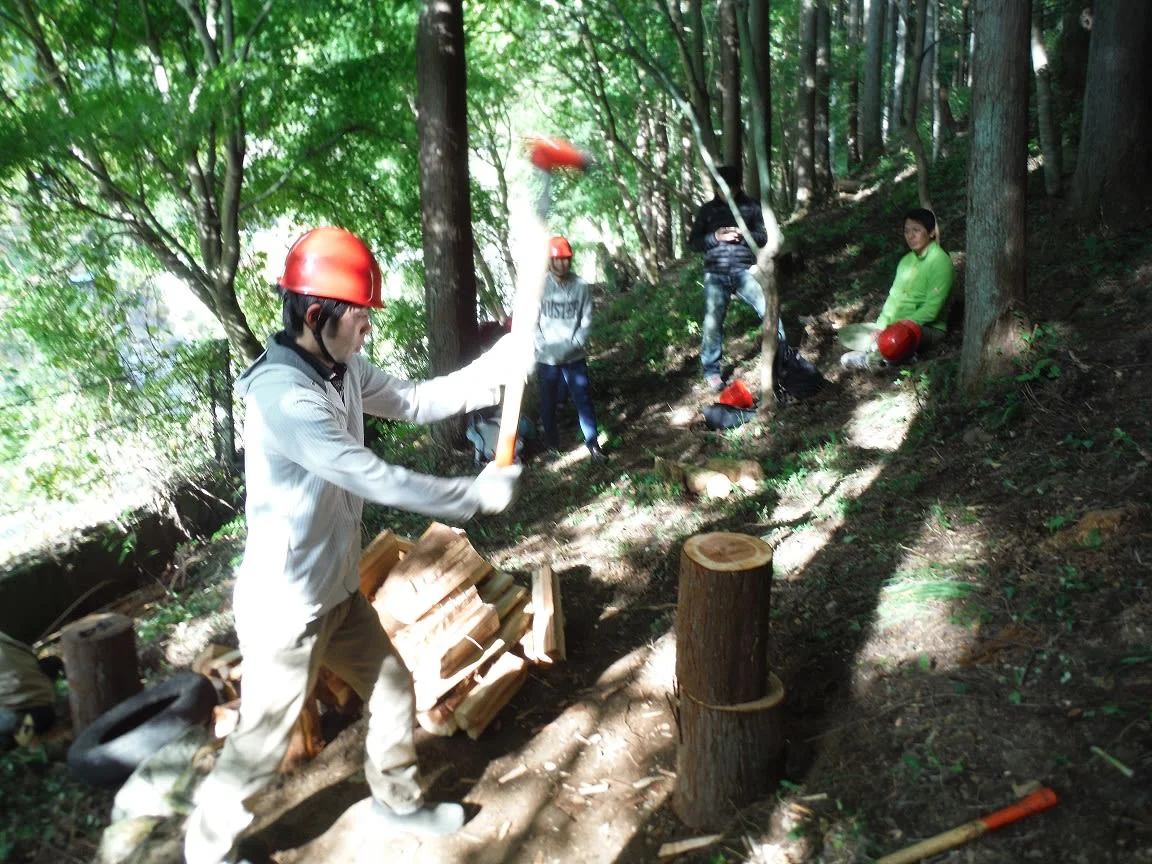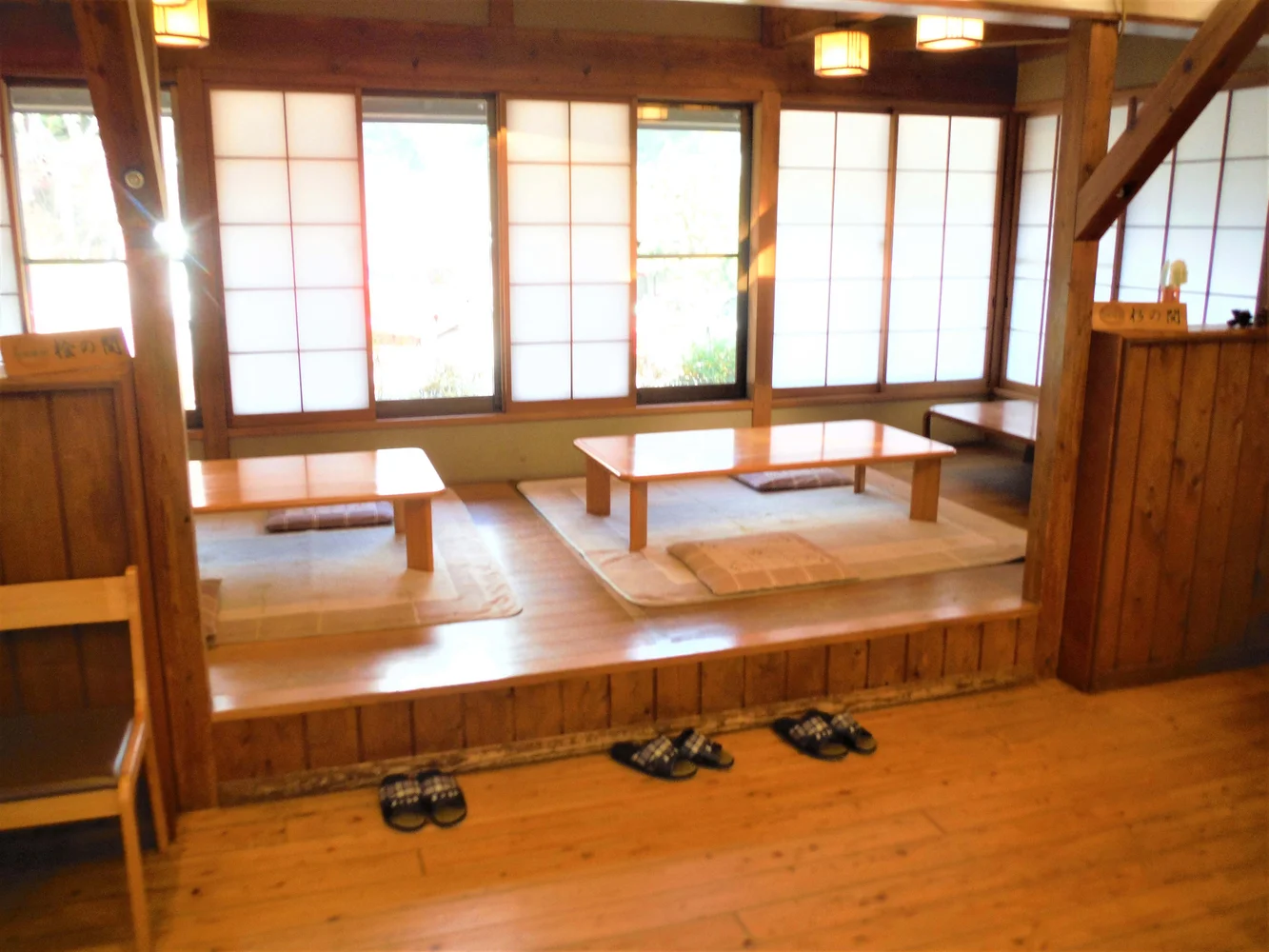Explore the Woods of Hinohara, Mainland Tokyo's Only Village
Overview
Get a taste of the rural life as you explore nature-rich Hinohara, mainland Tokyo's last remaining village! Cook lunch with wild mountain vegetables called 'sansai' or local vegetables depending on the season, and cycle or stroll through the village.
Highlights
- Visit Hinohara, mainland Tokyo's last true village, and immerse yourself in the local lifestyle
- In spring, familiarize yourself with wild mountain vegetables called 'sansai,' and try picking some
- From summer to winter, shop for fresh local vegetables, then enjoy vegetable hotpot for lunch
- Whichever plan you choose, learn a time-honored method of cooking rice — said to be the best way to make it
- After lunch, cycle or stroll around Hinohara, or try activities like chopping firewood or coffee by a bonfire



